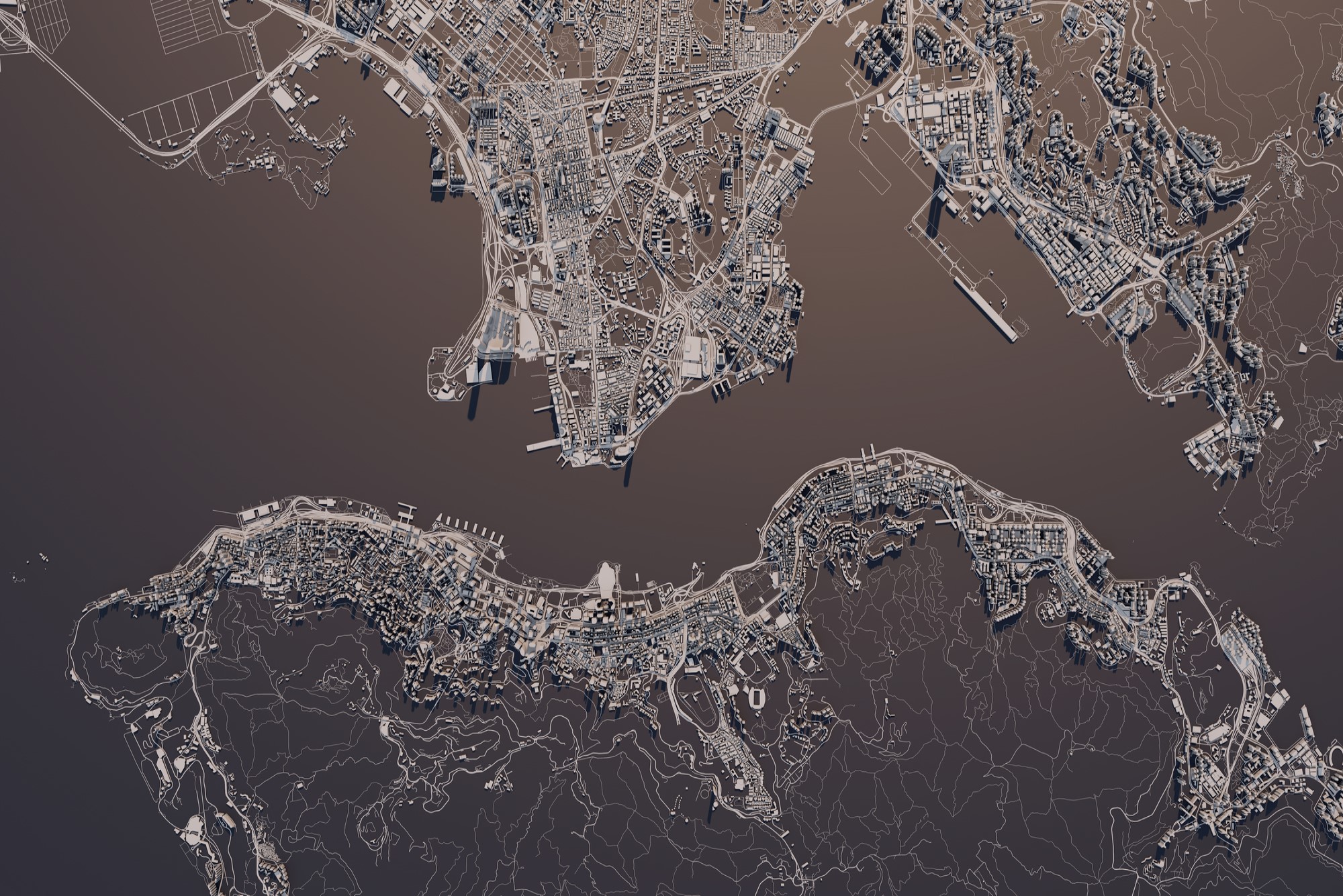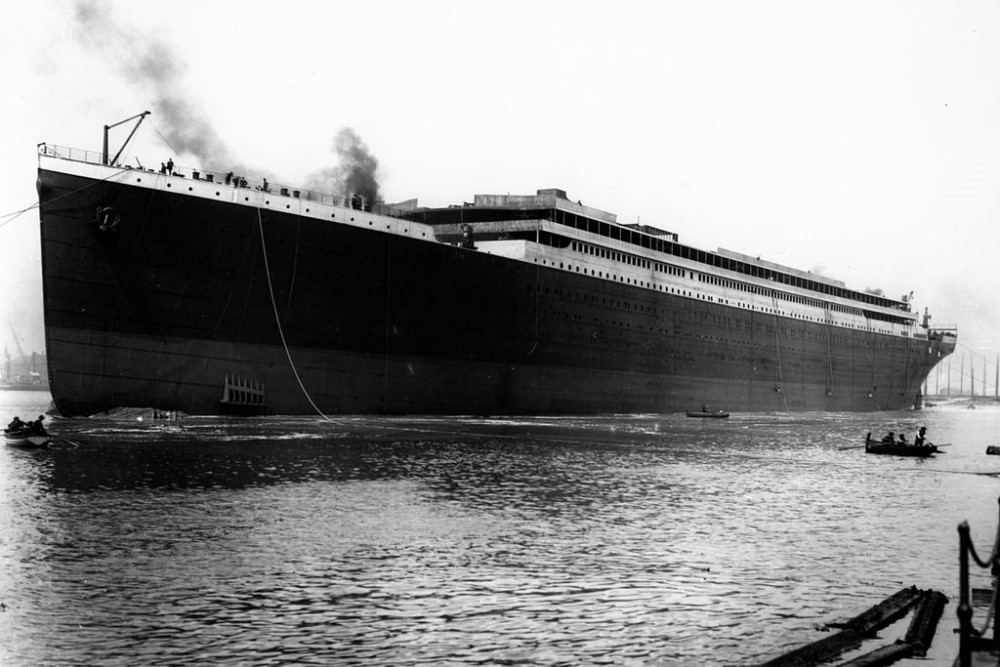Forgotten Casualties: War and the Environment
Humans are sometimes self-contradicting. They are well aware of the violence and social and economic disruptions caused by war, but war, ironically, has been one of the most recurring themes throughout human history. One thing that might have justified this contradiction could be the cost and benefit analysis through which people think the harm caused by war is the price that they have to pay in order to achieve advancements and greater good. However, there are many casualties of war that cannot simply be quantified as either benefits or costs that have been long forgotten by many people. By degrading the natural environment, wars are destroying the intrinsic values of other lives and are depriving future generations’ the right of having a healthy life. The loss of value of species and the right of living a normal human life cannot be calculated in quantitative terms.
Following are two examples of how warfare has altered the natural environment and human health in negative ways: Agent Orange: Agent Orange was used as a type of defoliant by the U.S. army as part of its herbicidal warfare program, which was code-named Operation Ranch Hand during the Vietnam War from 1961 to 1971. More than 19 million gallons were sprayed over 4.5 million acres of Vietnamese land. According to the Red Cross of Vietnam, more than 1 million people were disabled or developed health issues and 500,000 children were born with birth defects as a result of the toxic compound contained by Agent Orange. Agent Orange has also broken the local ecological balance by causing loss of protective tree cover. Some case studies showed that among the veterans who were exposed to Agent Orange during the war, some had increased rates of cancer, and skin and digestive disorders.
Depleted Uranium: Depleted Uranium is the waste product of the nuclear enrichment process. Although it contains a lower level of U-235 (an isotope of uranium making up about 0.72% of natural uranium) than natural uranium, it is still estimated to contain about 75% of the radioactivity of natural uranium. Depleted uranium is not only highly radioactive but also chemically toxic, thus very harmful to human health. Uranium falls from the coating of weapons, turns into particles and eventually contaminates air, soil and water, causing severe damage to human cells and DNA mutations. According to Iraq’s Minister of Human Rights, the U.K and U.S. used nearly 2,000 tons of depleted uranium bombs during the early years of Iraq’s War, and areas that are highly polluted have reported increased numbers of newborns with birth defects and a rise in the number of people getting cancer.
Although the importance of environmental protection during war times has been addressed through International Environmental Law and environmental laws or human rights laws from countries that have been environmentally influenced, it is more imperative to let people, from an individual level, realize that environmental impacts are equal to the socio-economic impacts of war.
One key approach in raising people’s awareness is to change the ways in which people view the relations between nature and human society. The environment does not exist solely for humans, but also for millions of other species on this planet. Although war, under some situations, has been effective in relocating resources between different states or social groups, it was never and will never be helpful in balancing humans’ share of resources with the rest of the ecosystem.
November 6 is the International Day for Preventing the Exploitation of the Environment in War and Armed Conflict. If you would like to know more on this topic, please join our event “Forgotten Casualties: War and the Environment” on Wednesday (11/6) in the Peeler Auditorium at 7:30 p.m. for some inspiring documentary clips and professor-led discussions.




